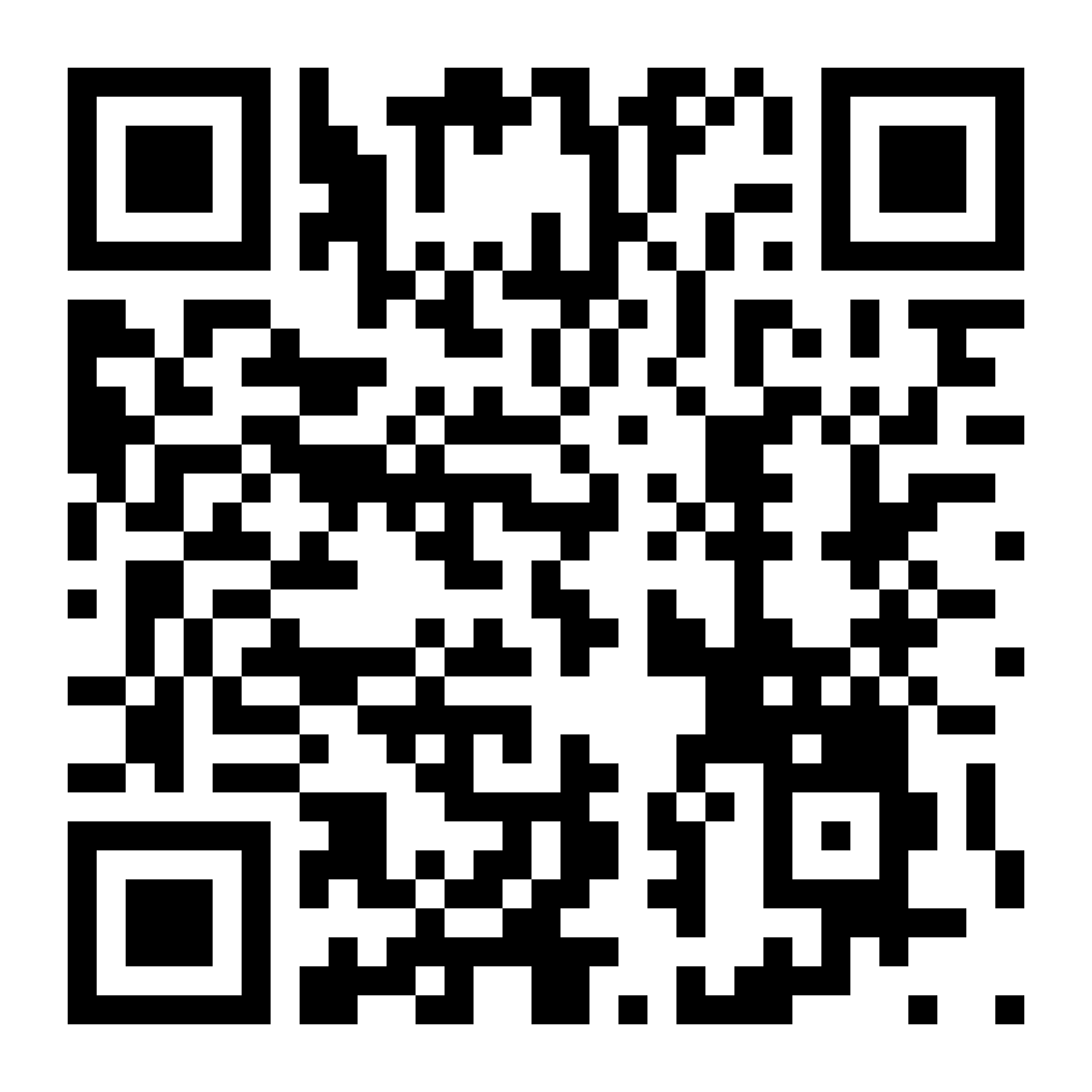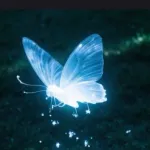Do you really understand the bisexual flag?
Bisexual flag helps launch Bisexual Visibility Day
The bisexual flag wasn't the only thing created to increase visibility for bisexuality - there was an entire holiday coming soon. In 1999, the bisexual community began to designate September 23rd as Bisexual Visibility Day.
From then on, the visibility of bisexuality was extended to a full week. Bisexual Awareness Week takes place every September 16-23 and is a great way to honor and celebrate the bisexual people in your life.
Fun fact: Because bisexuals have such a hard time finding each other, bisexual activists work together in online chat rooms to find another person and raise awareness about the holiday. To this day, social media remains a powerful tool for connecting bisexual people.

Bisexual flag colors have special meanings
Not only do the twin flags look great, they also have some really cool symbolism associated with their history.
The pink or purple layer on top is said to represent people with same-sex attractions, such as gay men or lesbians.
The top blue layer represents people with opposite-sex attraction.
The lilac layer at the bottom (a combination of blue and pink) represents interest in people of the same or opposite sex. AKA bisexual.
Bisexual flag sparks bisexual lightning
Here's a fun new phrase for you: bisexual lightning! Bisexual lightning occurs when an image, video, or film uses the hues of the bisexual flag (pink, blue, and purple) to highlight or display a person's bisexuality.
It looks bad. But don’t just take our word for it — check out Janelle Monae’s music video for “Make Me Feel.” It was also used in the iconic Black Mirror episode "San Junipero," Demi Lovato's music video "Cool for the Summer," and Ariana Grande's "7 Rings." .
















